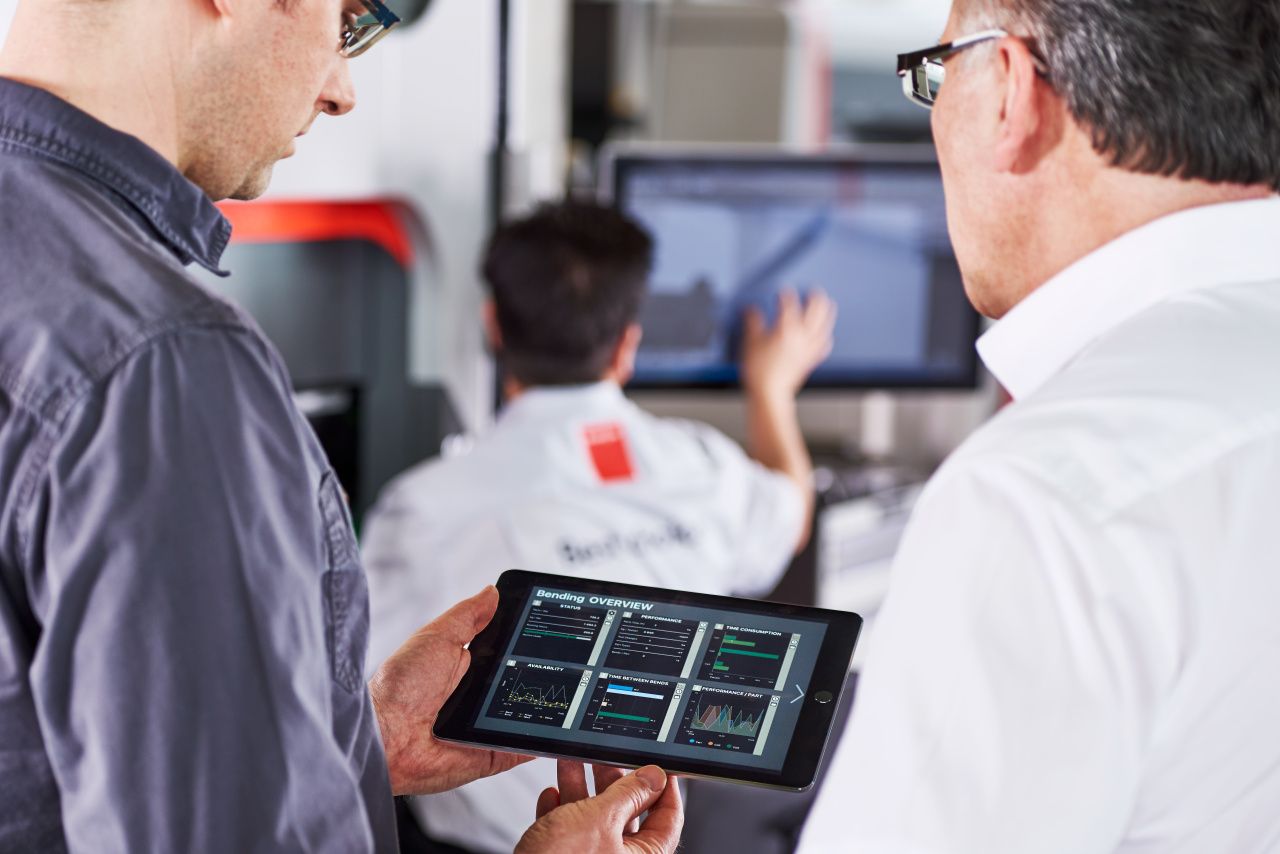
Blog Gaining the Competitive Edge
- First, it starts with the people they employ, their skill level, and their desire for continuous improvement.
- Second, the processes that the company has developed over time that have made them cost-efficient and successful.
- Third, the quality of their end-products and their ability to deliver on time.
If you are a fabricator you understand the value of measuring a process and the continuous improvement of that process. Each company inevitably develops its own unique processes and must continue to improve them over time. Why is process improvement so important? Because a company’s unique “process” is one of the key competitive differentiators that each company has and must continuously improve upon to remain profitable and viable. An efficient process helps to keep a fabrication company and its products profitable. Process improvements cannot exist without measurements. Continuous improvement of a process requires accurate information and data, both to validate and to further enhance the process.
Measuring and Analyzing Data
The best way to measure the production process is to use statistical data. Measured over a specific period of time, this data can determine where the hidden opportunities might be. Today’s modern metal cutting and bending machines are capable of communicating production data directly to software that will segment the data into these subsets for analysis. From the time a metal cutting or metal bending machine is operational, it begins to produce production data. Each system message or error message is effectively a subset of that machine’s processes along with the production data.
Even if a process is not being data logged, such as is the case with offline programming, there still exists the possibility to measure the performance of that process.
- Tracking programming time for each job is only one component of the measure. How often do machines sit idle waiting for programs? This can also be identified directly with the data coming from each machine. Perhaps after analyzing this, the conclusion is reached that you do not have enough programmers or that the programmers are not receiving timely information from the order entry system?
- Waiting for material is another machine message that can provide insights into operational bottlenecks. Is the material being delivered to the machine in a timely manner? Are the operators unloading the cut parts from the shuttle table in time for a new sheet? Again, only measures and subsequent analysis of the data can determine the bottlenecks and provide managers with data on which to act. This analysis, for example, can also lead to conclusions on whether a company needs to automate its material handling. Providing the data to management makes the justification process transparent.
Continuous Improvement through Measures
In this age of digital information, it is prudent to utilize the data that is generated by machinery to monitor fabricating and manufacturing processes in real time and then analyze the collected data to determine opportunities for improvement. A continuous improvement process requires measures and data to support those measures. It is only with data that a true unbiased measure of performance can exist and how companies can find hidden opportunities to improve their process, reduce costs, and improve their bottom line profits.